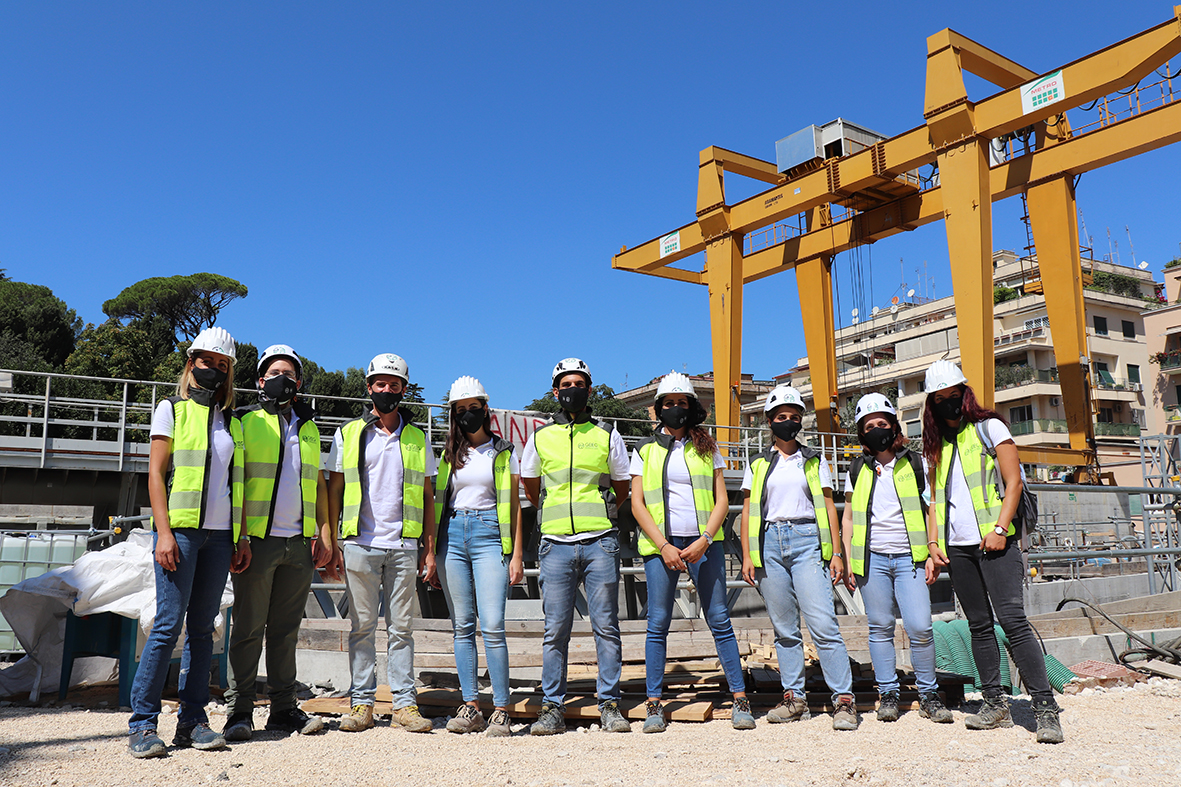Le Mura Aureliane, realizzate alla fine del III secolo d.C. con oltre 18 Km di estensione, un’altezza di circa 6 metri e uno spessore di 3,5 metri, rappresentano il più grande monumento di Roma e una delle maggiori imprese edilizie dell’epoca; sono state completate in tempi relativamente brevi, data l’esigenza impellente di dotare l’Urbe di un sistema difensivo adeguato contro le frequenti incursioni dei popoli germanici.
Le ricerche bibliografiche effettuate da Metro C ScpA, nell’ambito degli studi di interazione Linea-Monumenti, hanno condotto all’individuazione di alcune rilevanti e distinte fasi architettoniche che hanno caratterizzato la costruzione delle Mura:
- prima fase: costruzione dell’intera cinta muraria a partire dal 271 d.C;
- seconda fase: in seguito ai danni provocati da guerre ed incursioni straniere sono stati eseguiti importanti restauri dal punto di vista strutturale a partire dai primi anni del IV secolo d.C. fino al VI secolo d.C.;
- terza fase: attività di manutenzione fino ad una ristrutturazione parziale del complesso monumentale avvenuta nel VIII-XIII secolo d.C.;
- quarta fase: inserimento del circuito murario nella nuova conformazione cittadina a seguito di una revisione urbanistico-topografica avvenuta nel XV-XVIII secolo d.C.;
- quinta fase: inserimento del complesso nell’ambito di campagne di scavo e di restauro nel XIX secolo.


